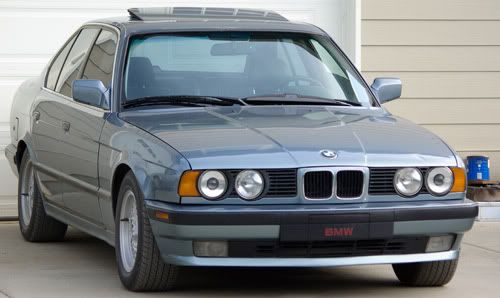Some of you guys need to get your theory correct. A few definitions.
Understeer occurs front slip angle is greater than the rear slip angle.
Oversteer occurs when the rear slip angle is great than the front slip angle.
See
Here if you want get the whole theory.
Sway bars effect slip angles by changing the relative load on the tires effecting grip and therefore slip angles. A bigger front bar will tend to lift the inside front tire before the inside rear tire. This will increase the slip angle in the front causing understeer. Reverse the effect for a bigger rear bar.
When your car makes a sudden transition (say a snap to the other side in an oversteer situation), this is primarily due to an abrupt change in the relative weight distribution on the tires due to either a throttle modification, pavement change, or braking modification. Here's a typical scenario:
- Car is in power oversteer. (Rear tires are sliding due to excess torque, fronts are not sliding) This means the rear tires are loaded as the car is accelerating. Driver is counter steering to mitigate the tail out condition.
- Car starts to over rotate beyond drivers ability to countersteer.
- Driver recognizes overrotation and ...without realizing what they are doing.
- Lifts throttle quickly and significantly to keep car from overrotating.
- Weight shifts from rear to front tires upon deceleration significantly unloading rear tires due to weight transfer.
- Front tires which were never slipping now have even greater traction due to weight transfer forward.
- Front tires grab and shoot car in direction of counter steer as unloaded rear tires which have minimal traction due to load loading allow back end to rapidly rotate (skid) to the other side.
This creates the snap oversteer you are talking about.
The correct response to this situation is to *not significantly lift* the throttle and unsettle the car. This of course is a finese response and your success is completely dependend on how fast the car is rotating and if you can correctly adjust the throttle such that you can hold the oversteer angle (ie balance the car).
This is why oversteer is tricky. It's a) counterintuitive to correct and b) difficult in practice to do. The faster you go the more difficult it is to manage. Pavement changes etc only make more difficult as the friction circle changes.
We see this all the time when we teach drivers skills days. Go to one. Get some theory. Try some theory. But, don't guess - the results aren't worth it.
Originally Posted by Anton CH.




 Reply With Quote
Reply With Quote




